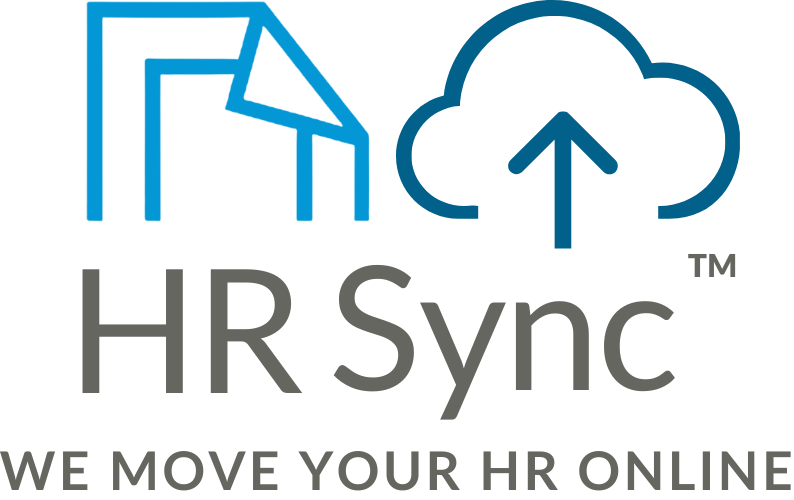Preview & Download the Template
Remote & Hybrid Work Agreement Template
Each MS template is professionally written & consistently formatted. Fully customizable upon download.
Download 6 Premium HR Templates
Free!
Including this one. Quick sign up - just 3 fields.
No credit card required. Promise!
Freedom + boundaries = a happy remote team
Remote and hybrid work can be a win-win—if everyone knows the rules. Without a clear agreement in place, you’re opening the door to confusion, unmet expectations, and some awkward conversations down the road.
That’s where a remote & hybrid work agreement comes in. It’s a simple yet essential document that lays out:
- Who can work remotely (not all jobs are laptop-friendly)
- When & how employees can work from home (full-time? hybrid? just Tuesdays?)
- What’s expected in terms of availability, communication, and productivity
- Who covers what costs (internet? office equipment? posture-friendly chairs?)
- How performance will be measured (because ‘working from home’ ≠ binge-watching Netflix)
Think of this agreement as your remote work playbook—protecting your business, keeping employees accountable, and making sure everyone’s on the same page (literally).
Why you need a remote & hybrid work agreement
- Avoid misunderstandings – No more “I thought I could work from Bali” surprises.
- Keep things fair – Consistent policies prevent resentment from creeping in.
- Reduce legal risk – Spell out responsibilities to avoid future disputes.
- Boost productivity – Clarity helps remote teams stay focused and engaged.
Without a well-thought-out agreement, remote work can turn into a free-for-all. This document helps prevent slacking, ghosting, and blurred work-life boundaries.
What’s inside this template?
Our remote & hybrid work agreement template is designed for businesses that need a comprehensive agreement for remote work.
- A plug-and-play template—just fill in the blanks.
- Covers all the key policies you need for remote or hybrid teams.
- Written in plain English (no legal mumbo-jumbo).
Get the effective agreement that protects your business while keeping remote work flexible and productive.
Who should use this?
- Small businesses offering remote or hybrid work
- Companies setting up new remote policies
- Business owners tired of guessing what’s “allowed” in WFH setups
- HR pros who need a fast, professional agreement
This template is brought to you by the HR Toolkit for Small Business.
HR for Canadian Small Business
Since 2006 and with over 10k subscribers, ConnectsUs HR™ is Canada's leader in building and maintaining document-based HR for small business and HR consultants. We now also help small business move beyond documents to automated online HR.
4 HR solutions—that evolve with your small business.

| The HR Toolkit is a self-serve center that features the HR template library, handbook builder, resources, & updates to create a complete document-based HR system. |
LEARN MORE

| HR Toolkit + unlimited Toolkit Support & HR on Call. Hiring an HR expert can be costly. HR Complete is a budget-friendly way to combine DIY HR with expert guidance. |
LEARN MORE

Transition to HR Software
| HR Sync is a complete service package that provides both HR and tech expertise to move your business from document-based HR to an award-winning online HR platform. |
LEARN MORE

| Need part-time HR Services? We do that too! We provide on demand HR services for small business with typically 15-150 non-unionized workers, in BC, Alberta or Ontario. |
LEARN MORE





